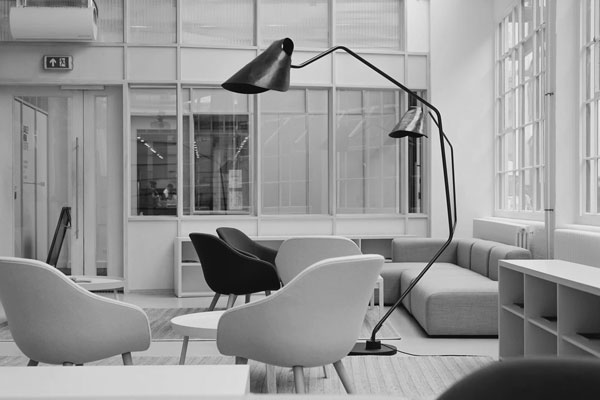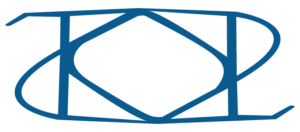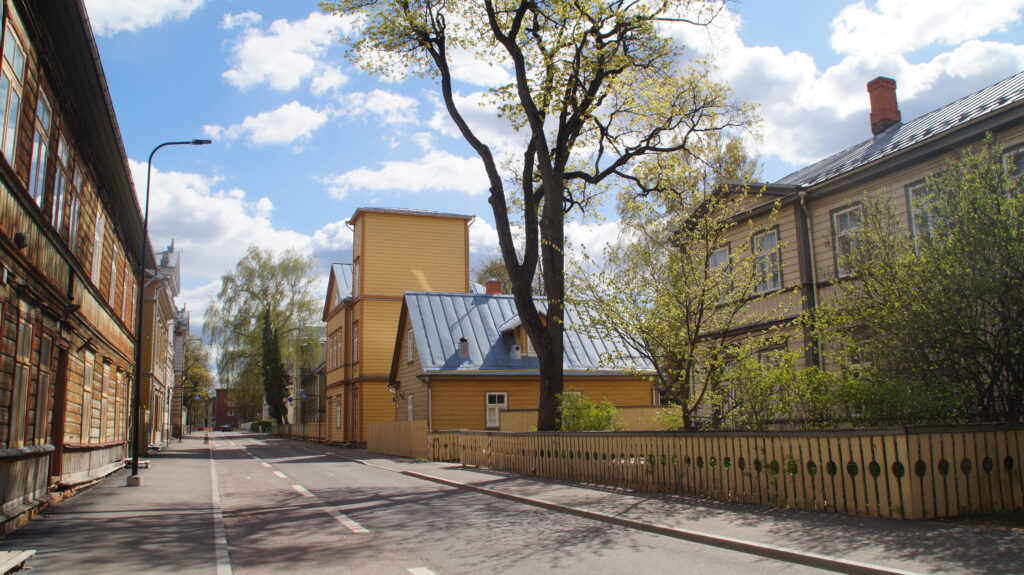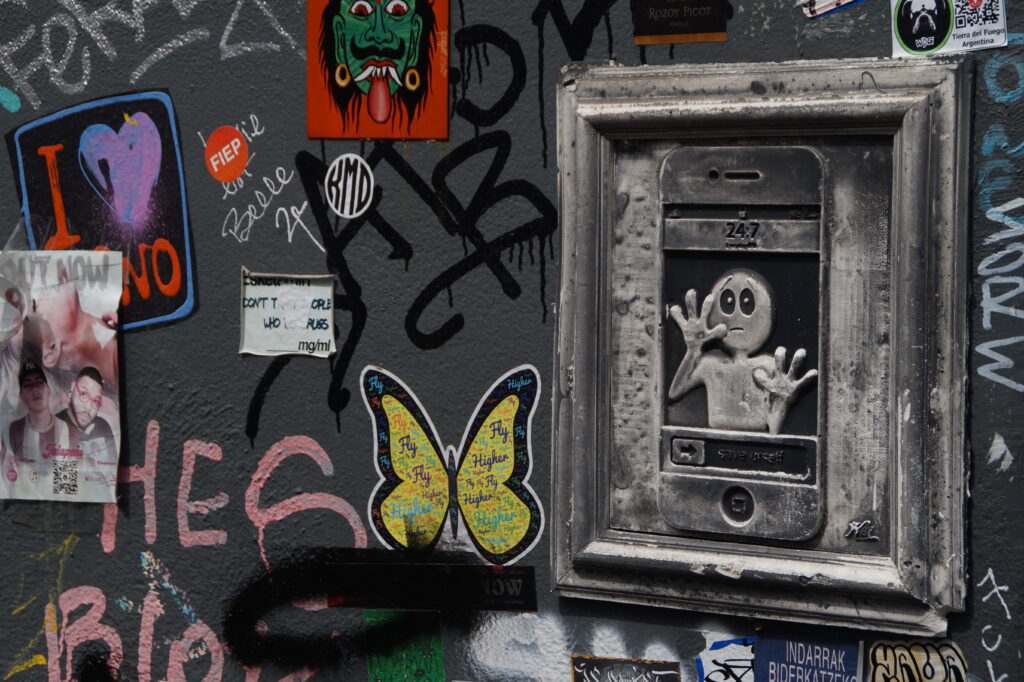The Workplace
A workplace is where employees co-develop in both physical and digital environments, and the daily operations of an organization is a direct representation of the organization’s culture and essence of community.
The workplace is an important environment to understand the translation process of quantitative metrics and qualitative experiences.
Alec Kozicki
Workplace as an object within a company's culture
Creating a methodological process of empirical data serves as a benchmark approach to understand the post-COVID phenomenon for the evolving representation and significance of the workplace.
For modeling techno-working spaces, the workplace is modelled as two forms of environments, physical and virtual (i.e., digital systems). At the heart of this research, the design process and analysis is within the paradox of reality and hyperreality, this is significant for uncovering boundaries that are closed, and lack transparency with other systems within an environment, albeit physical and/or virtual.
Evoking more transparency within the borders of the various spaces and subcultures for an organization’s workplace(s) will allow for translation processes to be more efficient, empathetic, informative, innovative, and strengthen the community and culture of the organization.


An organization is filled with life, and the workplace is a cell for the system.
Empirical Metrics
Empirically driven insights to measure performance, efficiency, and impact within the workplace.
Cultural Identity
Examining the feelings, actions, and conventions that shape an organization’s uniqueness.
Workplace Experience
Enhancing how employees interact with their environment, tools, and colleagues to cultivate satisfaction and productivity.
Organizational Growth
Supporting expansion through strategic planning, anticipatory modeling, paradoxical thinking, and feedback & feedforward loops.
Communication Channels
Analyzing the internal and external communication channels through which information flows across the whole organization.
Top-Down & Bottom-Up Processes
Balancing leadership direction with employee-driven input to create more inclusive and effective decision-making.
How we examine the qualities in the workplace
This four-stage process allows companies to gain a deeper understanding on how the cultural of a company evolves.
#1 Ideation
Discussions with key stakeholders give insight on the specifics related to the office, and about the feelings, actions, and conventions related to the team’s systems and processes.
#2 Implementation
Obtaining feedback on how prior implementations and strategies from the organizational level have transformed the work experience.
#3 Intentionality
Intentionality is important for communication channels of user feedback, mapping cyclical and linear trajectories of the users’ perception and experience within the workplace, and identifying boundaries within the organizational system that deter from transparency, empathy, inclusivity, and community.
#4 Translation
The translation phase on packages the relevant findings from the prior stages to provide to the stakeholders. The ultimate purpose of this stage is to give the organization a detailed analysis that can easily be understood and integrated into future strategic planning and key performance metrics.
Aiming for the qualities of the workplace
Example aspects that can be analyzed in the workplace
1. What processes are used to model the culture of the workplace?
2. Are there any strategies for factoring into the workplace meaning related to the systems of organization’s culture, local culture, and pop culture?
3. How is technology (productivity and leisure) modeled for the office space?
4. What are the methods for receiving feedback about the worker’s perception of their office space?
5. How is the cyclical pattern of user productivity modeled and what are the key contributors?
6. How can we ensure that the company values, mission, and community can flourish and go beyond the expectations that we have in the present?
7. What are the resources available for users to understand how they can enhance their experience by coming into the office?
Related Published Research
Umwelt in an umwelt: Co-developing within immersive virtual environments and the paradoxical nature of reality and hyperreality (Kozicki 2023b)
Although this article mainly focuses on virtual reality, the core of this article helps with a deeper understanding on the meta-communicative functions that occur within a workplace. As discussed in this article, paradoxical thinking is an important process to examine how meaning-making is constructed simultaneously in physical and virtual environments. For example, an organization’s workplace that integrates various digital communication platforms within their physical daily operations.
This paper examines how to model immersive virtual environments using Kalevi Kull’s ecosemiotic model of four degrees of nature. Using this theoretical model allows for an investigation into the paradoxical nature of reality and hyperreality, which is a novel approach to understanding how a user co-develops with both their physical and immersive virtual environments. Analysis for the four degrees of nature within the virtual space reveals that an immersive virtual environment emerges from an imaginative void, contains milieu that users can recognize and interact with, offers the action-potentiality (affordances) for altering and changing materials within the virtual space, and the reproductive nature which converges the boundaries of reality and hyperreality during the meaning-making process for users. Additionally, this paper elaborates how technological household goods in the past century have integrated texts into the cultural construct of a home. The paper identifies how immersive virtual environments alter an inhabitant’s perception and interactions within the home and explains how to model immersion, which is important for future research of user behavior in the digital age of new media.
The article can be downloaded for free from the journal Sign Systems Studies – https://doi.org/10.12697/SSS.2023.51.1.03
Affordance and Ton: The meaning-carriers of semiosis (Kozicki 2023a)
The article helps to distinguish the quantitative characteristics and qualitative characteristics within a physical space. This is useful for the planning and design of workplaces, and for constructing surveys to measure the workplace experience.
In this article, the distinction between an affordance and a Ton is explored, and the role of the environment in the transformation of objective characteristics into species-specific meaning-making qualities is highlighted. The goal of this article is to broaden the theoretical concept of affordances, as it relates to the designer’s creative process of an artifact and the user’s semiosis of the designed artifact. An affordance occurs as a result of a relation between two or more subsystems that objectively exist in physical reality, and the affordance is enacted by a user during the subjective reality’s perceptual functioning (umwelt). A Ton, on the other hand, emerges and exists within the subjective user’s umwelt; the user must learn, recall, and understand what the object signifies as a meaning-carrier. Overall, environmental boundaries orient the quintessential function of translating quantitative characteristics into qualitative polysemic qualities.
The anthological book about concepts for semiotics can be purchased from the University of Tartu’s press shop – https://shop.ut.ee/en/pood/concepts-for-semiotics-ii/




